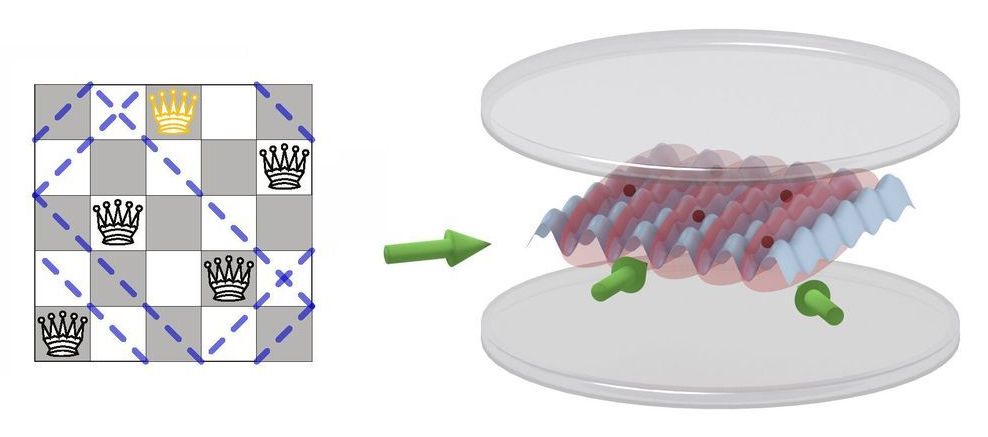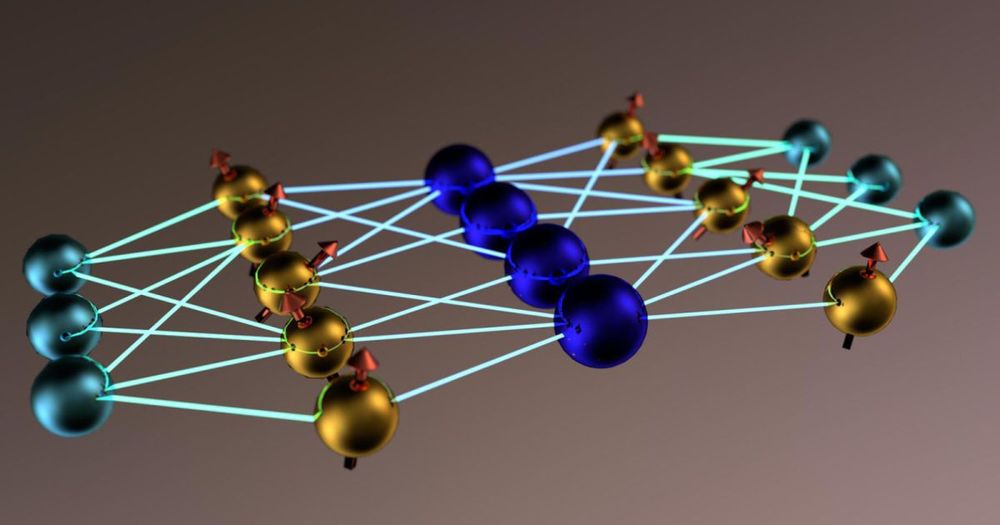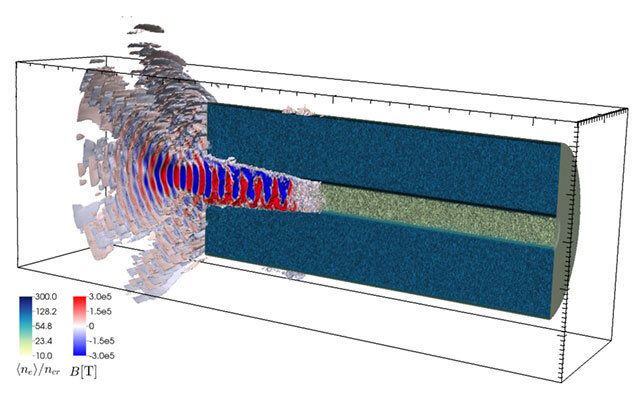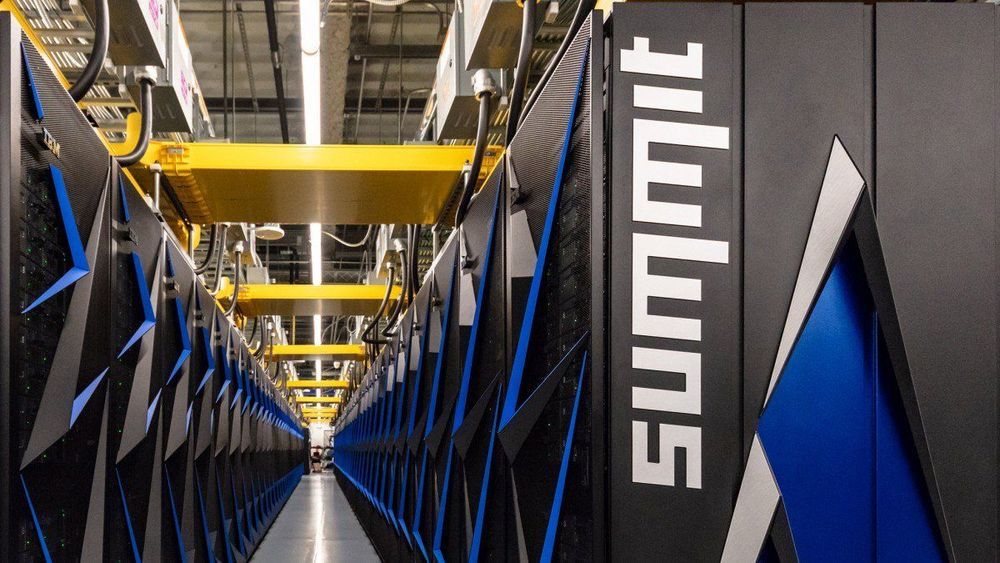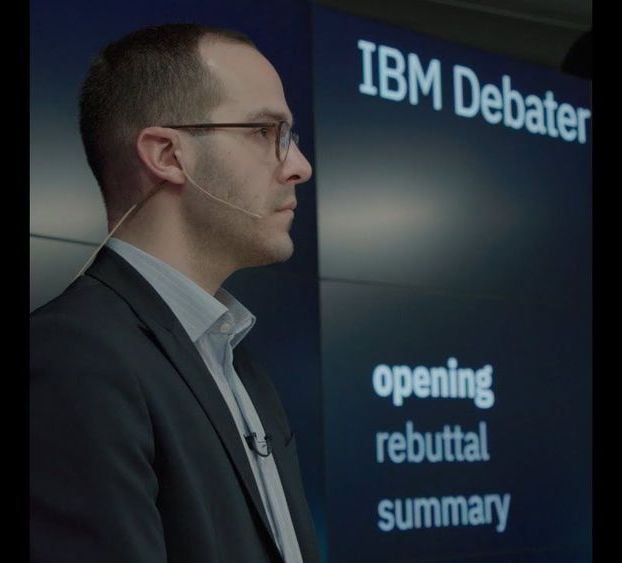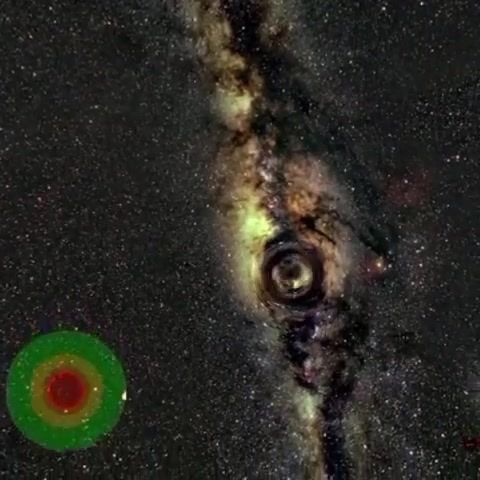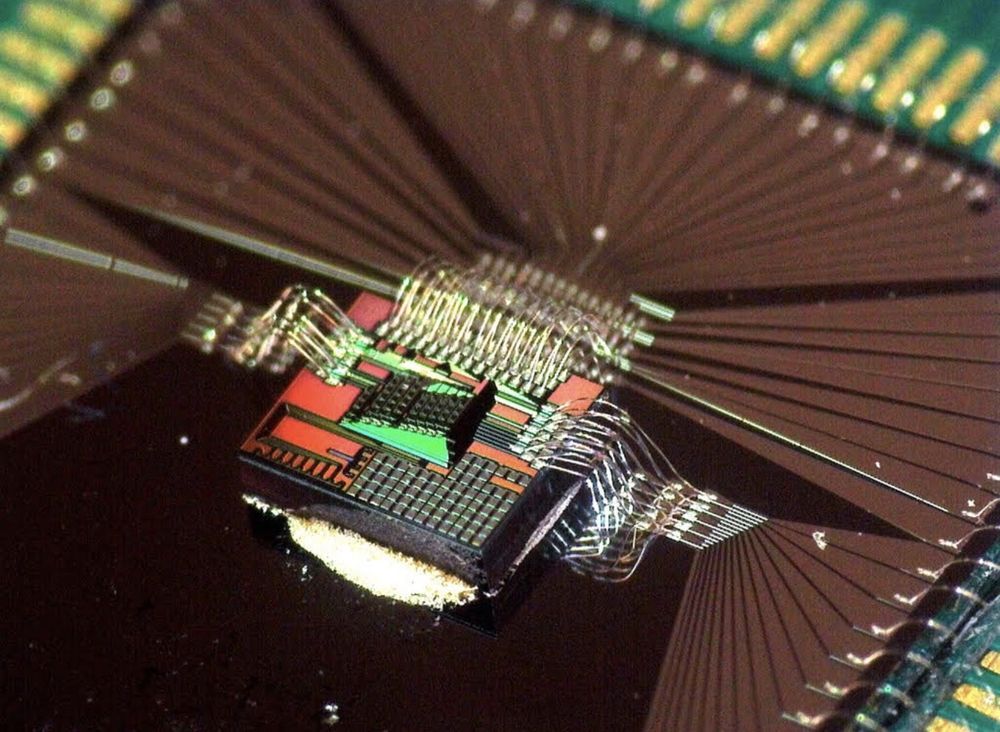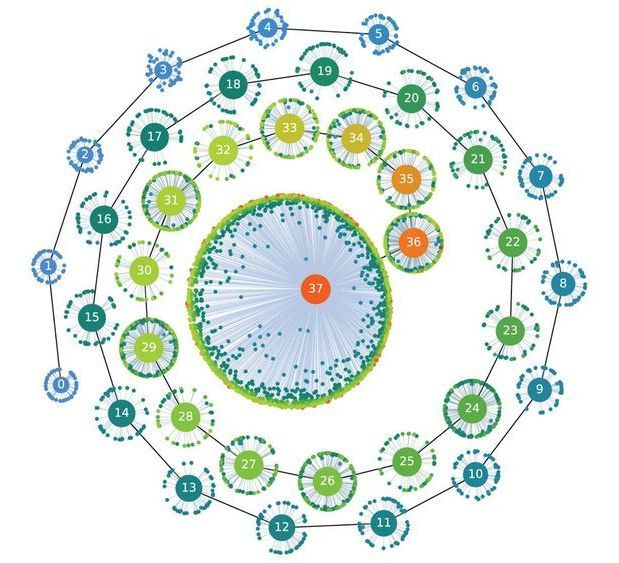Physicists at the University of Innsbruck are proposing a new model that could demonstrate the supremacy of quantum computers over classical supercomputers in solving optimization problems. In a recent paper, they demonstrate that just a few quantum particles would be sufficient to solve the mathematically difficult N-queens problem in chess even for large chess boards.
Category: supercomputing – Page 70
It’s difficult to simulate quantum physics, as the computing demand grows exponentially the more complex the quantum system gets — even a supercomputer might not be enough. AI might come to the rescue, though. Researchers have developed a computational method that uses neural networks to simulate quantum systems of “considerable” size, no matter what the geometry. To put it relatively simply, the team combines familiar methods of studying quantum systems (such as Monte Carlo random sampling) with a neural network that can simultaneously represent many quantum states.
Is artificial consciousness the solution to AI?
Posted in computing, driverless cars, Elon Musk, ethics, evolution, futurism, homo sapiens, human trajectories, information science, law enforcement, machine learning, science, Skynet, supercomputing | 1 Comment on Is artificial consciousness the solution to AI?
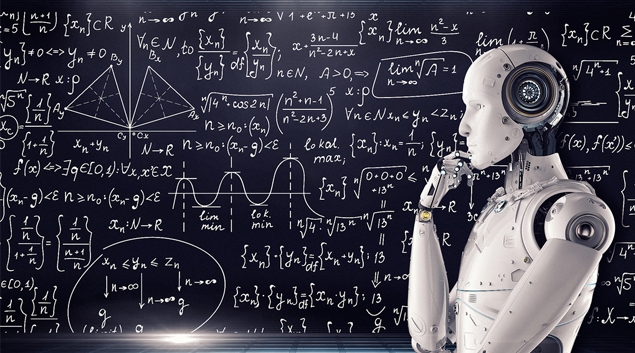
Artificial Intelligence (AI) is an emerging field of computer programming that is already changing the way we interact online and in real life, but the term ‘intelligence’ has been poorly defined. Rather than focusing on smarts, researchers should be looking at the implications and viability of artificial consciousness as that’s the real driver behind intelligent decisions.
Consciousness rather than intelligence should be the true measure of AI. At the moment, despite all our efforts, there’s none.
Significant advances have been made in the field of AI over the past decade, in particular with machine learning, but artificial intelligence itself remains elusive. Instead, what we have is artificial serfs—computers with the ability to trawl through billions of interactions and arrive at conclusions, exposing trends and providing recommendations, but they’re blind to any real intelligence. What’s needed is artificial awareness.
Autonomous vehicles aren’t perfect, so to help upgrade their intelligence and prevent fatal accidents, Nvidia created the DGX SuperPod, an AI-optimized supercomputer that will help design a better self-driving car.
While intense magnetic fields are naturally generated by neutron stars, researchers have been striving to achieve similar results for many years. UC San Diego mechanical and aerospace engineering graduate student Tao Wang recently demonstrated how an extremely strong magnetic field, similar to that on the surface of a neutron star, can be not only generated but also detected using an X-ray laser inside a solid material.
Wang carried out his research with the help of simulations conducted on the Comet supercomputer at the San Diego Supercomputer Center (SDSC) as well as Stampede and Stampede2 at the Texas Advanced Computing Center (TACC). All resources are part of a National Science Foundation program called the Extreme Science and Engineering Discovery Environment (XSEDE).
“Wang’s findings were critical to our recently published study’s overall goal of developing a fundamental understanding of how multiple laser beams of extreme intensity interact with matter,” said Alex Arefiev, a professor of mechanical and aerospace engineering at the UC San Diego Jacobs School of Engineering.
The upgrades include changes to make AI programming simpler—and to speed up powerful machines for specific AI tasks.
The news: The International Supercomputing Conference (ISC) kicked off in Frankfurt yesterday with the release of the latest list of the 500 most powerful supercomputers in the world. US machines still top the ranking, but China has the most computers on the list (219 versus 116 for the US).
Supercomputers have already turbocharged some AI applications. For example. the US’s Summit supercomputer (pictured above), which leads the Top 500, has already run a complex machine-learning model for climate research faster than any other machine.
🤖🗯
Robots are finally smart enough to understand humans and talk back. By leveraging artificial intelligence, IBM’s Project Debater is a supercomputer that can take on human opponents in a debate — and win! Although humans have better delivery, Project Debater was able to make better arguments with more facts.
Luminous Computing, a one-year-old startup, is aiming to build a photonics chip that will handle workloads needed for AI at the speed of light. It’s a moonshot and yet, the young company already has a number of high-profile investors willing to bet on the prospect.
The company has raised $9 million in a seed round led by Bill Gates, NEO’s Ali Partovi and Luke Nosek and Steve Oskoui of Gigafund.
The round also attracted other new investors, including Travis Kalanick’s fund 10100, BoxGroup, Uber CEO Dara Khosrowshahi, and Emil Michael as well as pre-seed investors Class 5 Global, Joshua Browder, Ozmen Ventures, Schox Investments and Third Kind Venture Capital.
Owners of thoroughbred stallions carefully breed prizewinning horses over generations to eke out fractions of a second in million-dollar races. Materials scientists have taken a page from that playbook, turning to the power of evolution and artificial selection to develop superconductors that can transmit electric current as efficiently as possible.
Perhaps counterintuitively, most applied superconductors can operate at high magnetic fields because they contain defects. The number, size, shape and position of the defects within a superconductor work together to enhance the electric current carrying capacity in the presence of a magnetic field. Too many defects, however, can lead to blocking the electric current pathway or a breakdown of the superconducting material, so scientists need to be selective in how they incorporate defects into a material.
In a new study from the U.S. Department of Energy’s (DOE) Argonne National Laboratory, researchers used the power of artificial intelligence and high-performance supercomputers to introduce and assess the impact of different configurations of defects on the performance of a superconductor.
